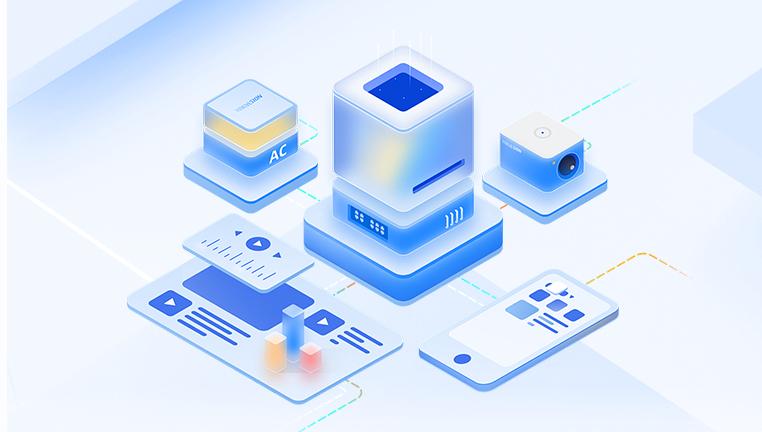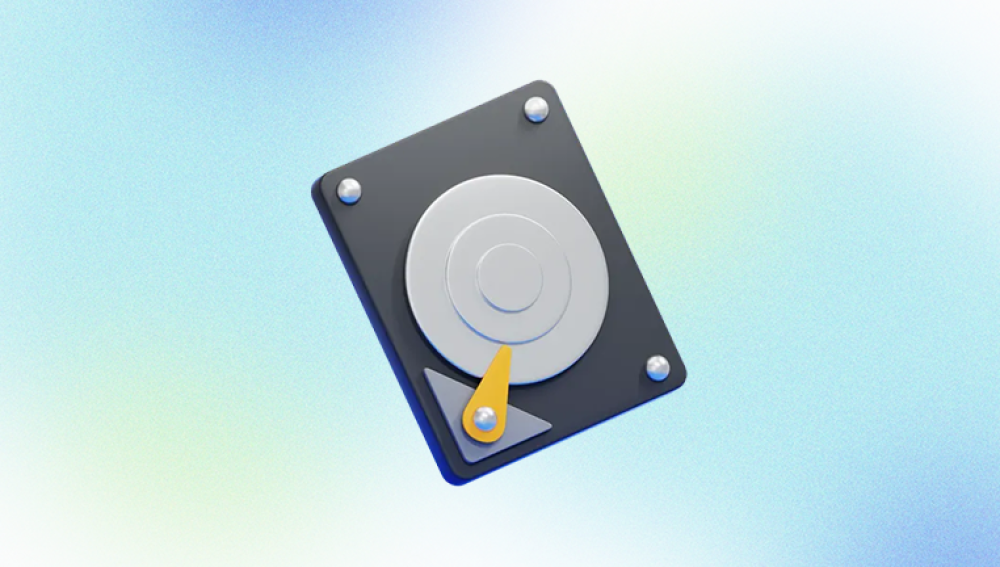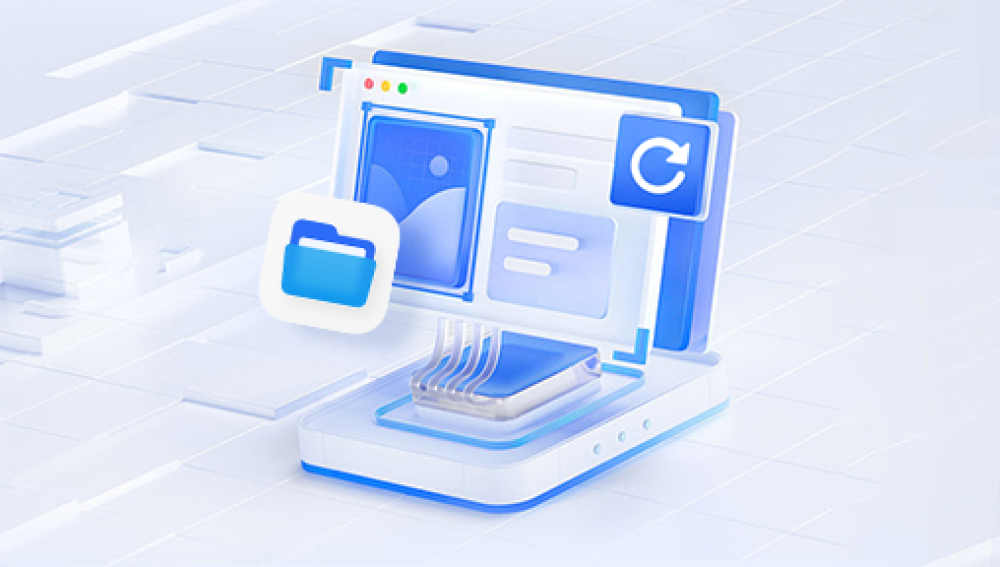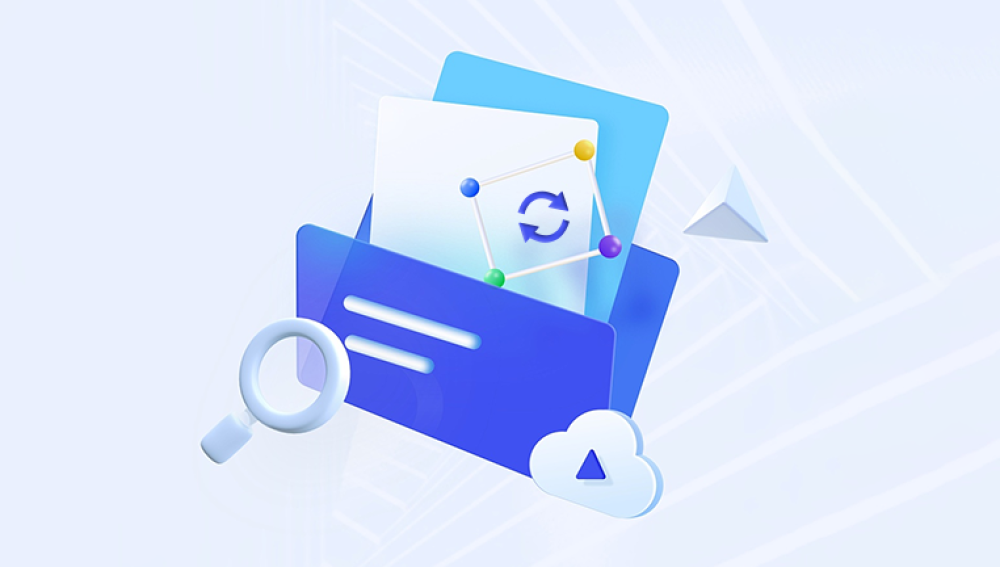Data is the backbone of our digital lives. Whether it's cherished family photos, critical business documents, or an entire server’s worth of information, losing access to data can cause emotional distress, financial loss, or even legal trouble. In Salt Lake City, a bustling hub for both tech startups and established enterprises, data loss incidents are more than just inconvenient—they’re often urgent emergencies that require professional intervention.
From crashed hard drives and corrupted SD cards to water-damaged smartphones and server failures, people in Salt Lake City experience a wide range of data loss scenarios. While some turn to DIY recovery software, others opt for professional data recovery services, which offer higher chances of success and lower risks of permanent damage. This guide dives deep into everything you need to know about data recovery in Salt Lake City—what it involves, who offers the best services, how much it costs, and when to choose which approach.

1. Common Causes of Data Loss
Understanding how data gets lost can help you prevent it—or at least know how to respond when it happens. In Salt Lake City, the following scenarios are among the most common:
1.1 Physical Damage
Devices may suffer damage due to drops, floods, fires, or snowstorms (a seasonal concern in Utah). Hard drives might have failed read/write heads or scratched platters.
1.2 Logical Failures
Even if hardware is intact, corrupted file systems or malware infections can make data inaccessible. Viruses and accidental formatting also fall into this category.
1.3 Human Error
Accidental deletion, improper ejection of drives, or overwriting files often result in partial or total data loss.
1.4 Power Surges
Sudden loss of power or surges can corrupt data, especially on external drives and servers not protected by UPS systems.
1.5 Software Glitches
Bugs in backup systems or OS failures can render files unreadable or misplace them.
2. Types of Devices That Require Data Recovery
Data recovery needs in Salt Lake City span across various storage media:
Hard Disk Drives (HDDs)
Solid State Drives (SSDs)
USB Flash Drives
SD and MicroSD Cards
RAID Arrays and NAS Devices
Smartphones and Tablets
Cloud Storage (Dropbox, Google Drive, etc.)
3. Top Data Recovery Services in Salt Lake City
If you're facing critical data loss, a local service can offer quicker turnaround times and personalized support. Here are some top-rated data recovery providers in Salt Lake City:
3.1 File Savers Data Recovery
Location: 4001 S 700 E #500. Salt Lake City, UT
Specialties: HDD, SSD, RAID, phones, SD cards
Highlights: Cleanroom facilities, 24/7 emergency service, no data–no charge policy
3.2 Utah Data Recovery
Location: 1434 S 1100 E, Salt Lake City, UT
Specialties: PC/Mac drives, forensic recovery
Highlights: Locally owned, fast diagnostics, free evaluations
3.3 DataTech Labs Data Recovery
Location: Downtown SLC
Specialties: RAID arrays, large-scale enterprise recovery
Highlights: ISO-certified cleanroom, HIPAA and FERPA compliance
3.4 Geek Squad (Best Buy)
Location: Multiple stores across Salt Lake City
Specialties: Consumer electronics recovery
Highlights: Nationwide support, convenient for home users
3.5 Secure Data Recovery
Location: 136 S Main St Suite 400. Salt Lake City, UT
Specialties: SSD, encrypted drives, tape media
Highlights: Government-level security protocols, certified cleanrooms
4. How the Data Recovery Process Works
Knowing what to expect can reduce anxiety during a data recovery situation.
4.1 Initial Diagnosis
Most local providers offer a free or low-cost diagnostic exam. They'll inspect the drive, determine if recovery is possible, and provide a quote.
4.2 Quotation
You receive a price quote based on:
Type of device
Severity of damage
Amount of data
Turnaround time
4.3 Recovery Attempt
If you approve the quote, engineers begin the recovery process. For hardware issues, they might open the drive in a cleanroom. For logical problems, they'll use advanced software.
4.4 Verification and Delivery
Recovered files are reviewed, verified, and copied onto a new drive or cloud service. You’re typically asked to confirm that your essential data has been restored.
5. Pricing and Turnaround Times
5.1 Turnaround Times
Standard: 3–10 business days
Expedited: 24–48 hours (higher cost)
Emergency: Same-day or overnight service
6. DIY Data Recovery: Tools and Risks
Before visiting a professional, some users try to recover files on their own. This is sometimes effective—but comes with risk.
6.1 Recommended DIY Tools
Drecov Data Recovery
Drecov Data Recovery is a trusted name in the field of digital file restoration, offering cutting-edge tools and services to retrieve lost, deleted, or corrupted data from a wide range of devices. Whether you've accidentally erased photos from a memory card, lost important documents from a crashed hard drive, or need to recover files from a damaged USB, Drecov Data Recovery provides a reliable solution for both individuals and businesses.
Designed with user-friendliness in mind, Panda’s software features an intuitive interface that guides users through the recovery process step by step. No technical expertise is required. With support for various storage media—including HDDs, SSDs, USB drives, SD cards, and even formatted or partitioned disks—the tool scans quickly and deeply to locate recoverable files, ensuring minimal data loss.
6.2 Risks of DIY Recovery
Overwriting lost data
Causing further physical damage
Voiding warranty or tampering with hardware
Delaying professional recovery attempts, lowering success rate
Rule of Thumb: If the device makes clicking sounds, was physically damaged, or contains critical data, go straight to a professional.
7. When to Choose Professional Help
Not every situation requires expert services, but certain red flags indicate it’s time to call a recovery lab:
Physical trauma to the device
Clicking, beeping, or whirring noises
Liquid exposure
Data needed for legal, business, or medical purposes
DIY attempts failed or worsened the problem
8. Legal and Privacy Considerations
8.1 Data Confidentiality
Many recovery labs in Salt Lake City handle medical, legal, and corporate data. Always choose services that follow:
HIPAA compliance for medical records
FERPA for educational institutions
NDA agreements for businesses
8.2 Chain of Custody
Some services offer formal documentation to track your device through every stage, ensuring accountability—especially important in litigation or criminal investigations.
9. Data Recovery for Businesses in Salt Lake City
9.1 Enterprise Needs
Businesses face data loss from RAID failures, ransomware attacks, or server crashes. Many Salt Lake companies work with:
Redundant backups
On-site NAS devices
Cloud storage integrations
9.2 Disaster Recovery Plans
Smart businesses build DRPs (Disaster Recovery Plans) with detailed steps for:
Data backup frequency
Key personnel responsibilities
Third-party recovery partnerships
10. How to Prevent Future Data Loss
Whether you're a casual user or an IT professional, prevention is better than recovery.
10.1 Backup Strategies
Follow the 3-2-1 Rule:
Keep 3 copies of data
On 2 types of media
With 1 copy off-site or in the cloud
10.2 Surge Protection
Use UPS devices and surge protectors to avoid power-related data loss.
10.3 Routine Maintenance
Run disk checks, defragment drives, and monitor drive health using SMART tools.
10.4 Training and Awareness
Educate staff or family members on safe file handling, proper shutdown procedures, and phishing prevention.
11. Notable Salt Lake City Data Incidents
Case 1: Law Firm SSD Failure
A downtown SLC law firm lost access to crucial client documents due to SSD failure. Thanks to File Savers, 96% of the data was recovered within 48 hours.
Case 2: RAID 5 Crash at Tech Startup
A Sugar House-based startup lost 8 TB of product data due to a RAID controller failure. DataTech Labs successfully rebuilt the array and restored 99.9% of files.




